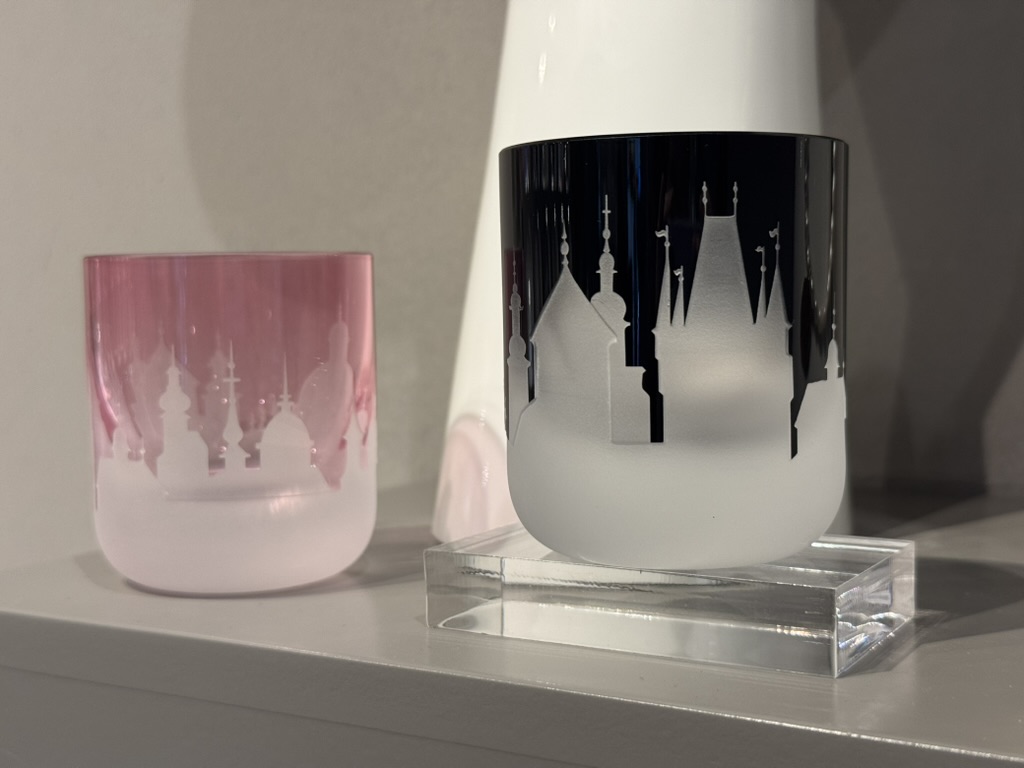Bohemian glass and Czech crystal is more than just a product—it is a symbol of cultural heritage, craftsmanship, and enduring beauty for over 800 years.
What is “Bohemian” Glass?
The term “Bohemian” refers specifically to glass produced in the historical region of today’s central and western parts of the Czech Republic.
And what makes it so special? Well, it is renowned for its craftsmanship and the high standards upheld by glassmakers, glassblowers, glass-cutters, designers, and chandelier manufacturers. The quality is unparalleled in the world of glass artistry.
The History of Bohemian Glass
The origins of Bohemian glass trace back to the 13th century, when early glassmakers, influenced by Venetian techniques, began developing their own methods.
By the 16th century, artisans had refined their craft, giving rise to what we recognize today as the glass. It reached its peak in the 17th and 18th century, when it became highly valued across Europe.
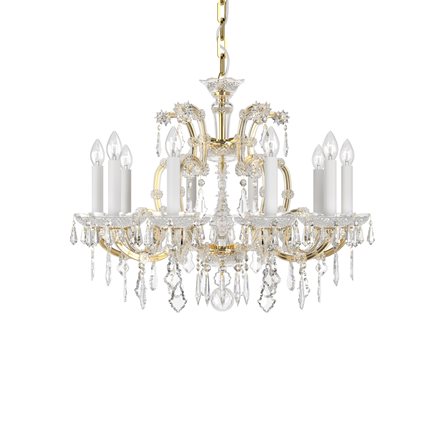
Following the 19the century, the Industrial revolution allowed for the mass production of the glass, making it more accessible to the middle class. Advanced techniques and new machinery helped expand production and global exports.
The Nazi occupation (1938/1939–1945) and the Communist regime (1948–1989) disrupted the industry, with many glass factories being nationalized. Many owners, with a Jewish origin, had to leave the country, such as the Moser family from Karlovy Vary.
Today, Bohemian glass continues to be one of the most respected and high demand glass products in the world.
How is the Glass Made?
Bohemian glass is primarily made from silica (sand), potash, and chalk. The production process involves several key steps:
1. Glass Blowing
This ancient technique involves using a blowpipe to inflate molten glass into various shapes, from small glasses to large vases and bowls. Skilled glassblowers can handle pieces, sometimes exceeding 25 kg, requiring precision and concentration to avoid breaking the delicate material.
The raw materials are heated in a furnace at temperatures exceeding 1,400°C (2,552°F) to create molten glass.
Where to see the glassblowing in person? Visit Moser in Karlovy Vary and Rückl in Nižbor (near Karlštejn Castle).
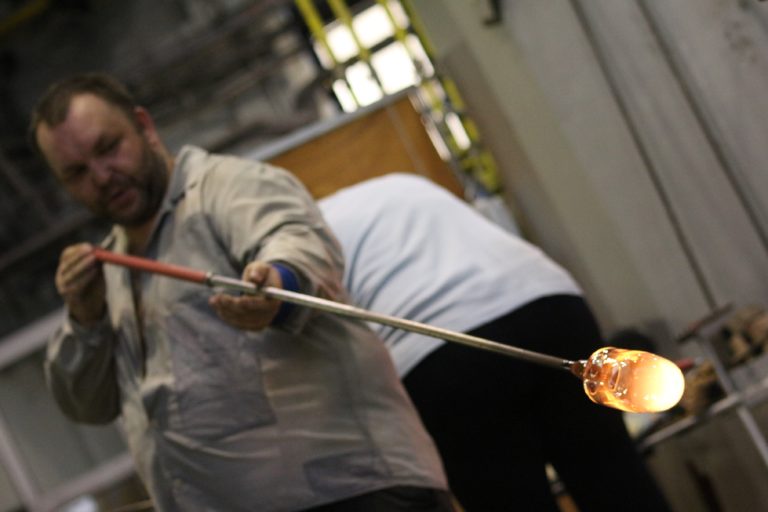
2. Cutting & Engraving
Once the shape is cooled slightly, the glass is shaped further by cutting, engraving, or moulding.
There are several ways of the final decoration:
-
- Wheel engraving is a specialized technique where artisans carve intricate designs into the glass.
- A unique technique known as sandblasting is used to create frosted or matte designs. This process involves high-pressure air mixed with fine sand or aluminium oxide, which erodes the surface to produce a frosted effect.

How long does the engraving process take? The time it takes to engrave a piece depends largely on its size and the complexity of the design.
For example, a small glass with a simple decorative motif might take around 4 hours to complete. On the other hand, a large vase or bowl featuring an intricate, detailed pattern can take over 12 hours of focused, precise work. If a mistake is made, the entire process may need to be restarted from the beginning.
Is Bohemian Glass the Same as Czech Crystal?
Well, they are closely related, but they are not exactly the same.
Bohemian glass refers to all high-quality glassware made in the Bohemian region, which is now part of the Czech Republic.
Czech crystal, on the other hand, is a specific type of Bohemian glass that contains at least 24% lead oxide. This gives it extra sparkle, weight, and makes it easier to cut with fine detail. It’s the pieces are often cut or engraved, like luxury drinkware or chandeliers
In short:
- All Czech crystal is Bohemian glass.
- Not all Bohemian glass is Czech crystal.
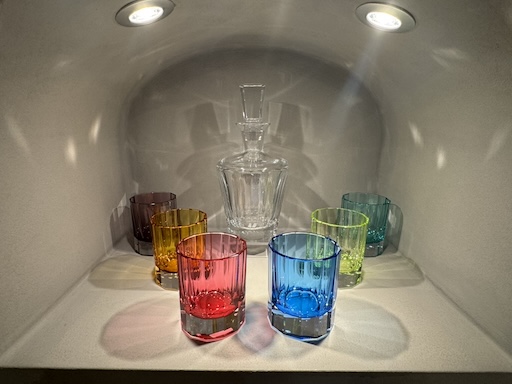
You’ll find plenty of shops around selling “Czech crystal” or “Bohemian glass,” but keep in mind—the quality and authenticity can vary a lot. Not everything labelled as “Bohemian” is truly local or handcrafted.
That’s why I always recommend visiting the factory stores of trusted producers. These are the places I personally know and can confidently say that offer genuine, locally made products that reflect the true tradition of Czech glassmaking.
Artěl Glass
If I had to choose one Czech glassmaker that consistently stands out to me, it would be Artěl. Their approach to Bohemian glass is an interesting mix of a traditional craftsmanship and contemporary design—a combination that feels both respectful to heritage and relevant today.
Artěl was founded in 1997 by Karen Feldman, an American designer with a strong appreciation for Czech glassmaking traditions. Just a year later, the brand introduced its first collection at the New York International Gift Fair, where it was well received. Since then, all production has remained in the Czech Republic, supporting local artisans and preserving time-honoured techniques.
Their blown glass pieces, available in a range of rich colours, also showcase the depth and versatility of Czech glass artistry.
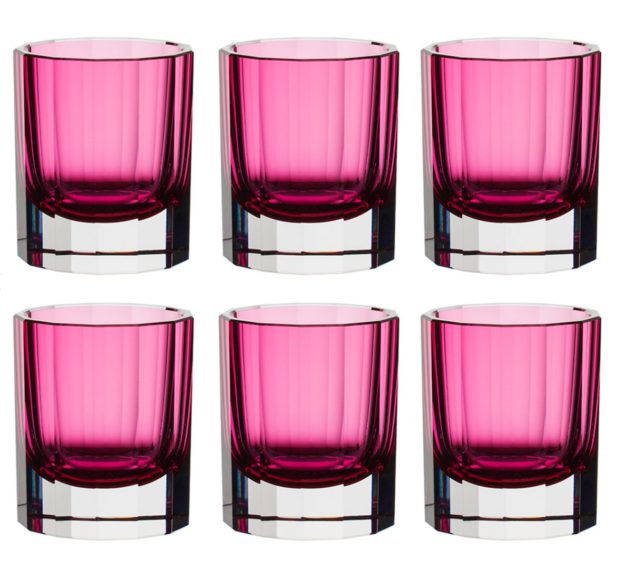
Collections like the Graphic Set, which uses sandblasting techniques, show how refined the brand’s aesthetic can be. This is actually my favourite technique of the decoration, as the final product is so unique.
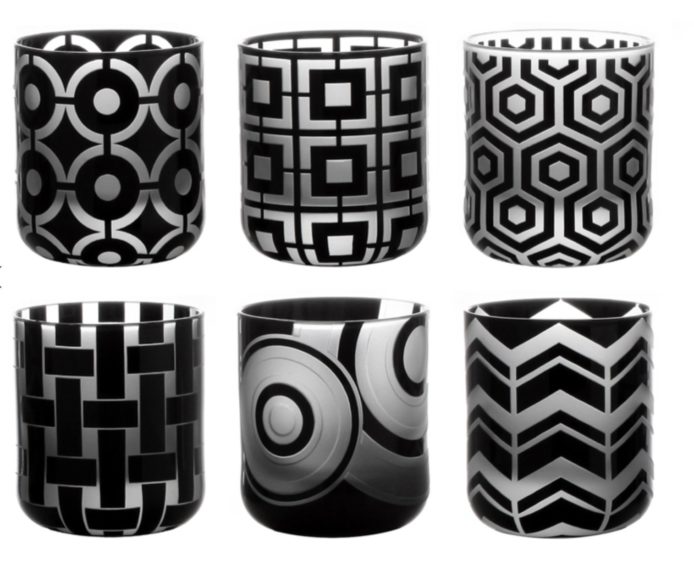
And finally, here’s the coolest part—you can actually design your own custom piece! You get to pick from 12 colours, 200+ patterns, and 73 shapes. It’s perfect for a unique gift or something personal for your home.
Where to buy Artěl in Prague? There is one shop located in the Lesser Town, just under the Charles Bridge
You can use the code “Jana – Prague Journeys” to get 10% off and a glass of Prosecco or coffee. 🙂
Moser Glass
Moser is one of the most iconic names in the glass production. It all began in 1857 when Ludwig Moser, a skilled engraver, opened his own workshop and boutique in Karlovy Vary, the renowned spa town in western Bohemia. Over time, Moser became known not just for the beauty of its glassware, but for its exceptional quality, craftsmanship, and timeless design.
Moser doesn’t simply manufacture glass—it creates works of art. Each piece is hand-blown and hand-cut by master glassmakers using traditional techniques that have been passed down for generations. If you’re in the region, you can visit their glassworks in Karlovy Vary to see the process up close. Watching the artisans at work is a fascinating experience and gives you a deeper appreciation of the craftsmanship behind every piece.
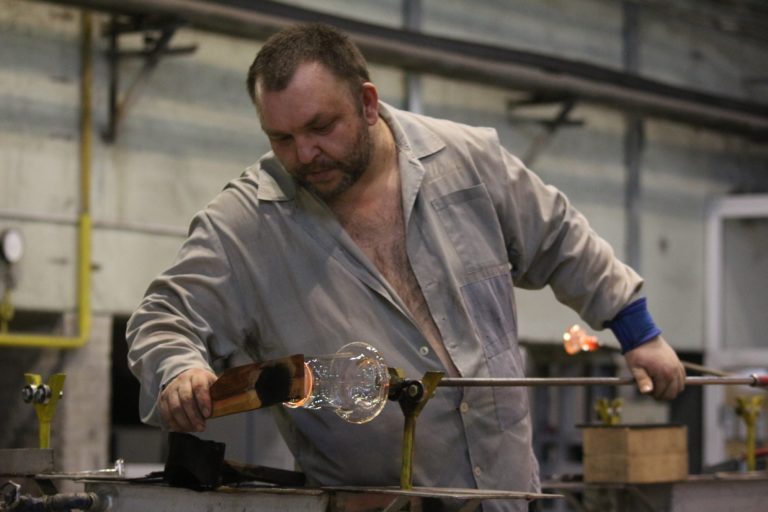
Among Moser’s most famous pieces is the Splendid drinking set, a luxurious collection that has been gifted to dignitaries, including Pope John Paul II.
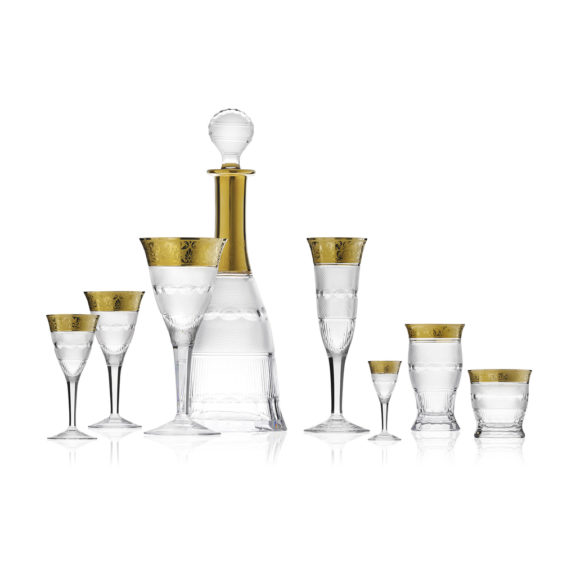
But what truly sets Moser apart is its ability to stay rooted in tradition while embracing innovation. Their collaborations with young designers have resulted in modern, vibrant glassware that plays with light and colour. It’s a beautiful example of how tradition and contemporary design can coexist.

Where
Where to buy Moser in Prague? There are two flagship stores in the historical centre. One of them is located on the Old Town Square, in front of the Týn Church. The other one is on Na Příkopě street, next to the Wenceslaus Square.
You can use code 1333 to get 5% discount.
Preciosa
Preciosa is a famous glassmaker from Jablonec nad Nisou, a town known as the Crystal Valley.
Although the company was officially established in 1948, its roots go much deeper—tracing back to the 16th century, when artisans in northern Bohemia began producing glass beads and ornate decorative pieces that were highly prized across Europe.
Over the centuries, Preciosa built a reputation for excellence, particularly in the creation of luxurious crystal chandeliers. Some of their most iconic works were commissioned for royalty, including Maria Theresa of Austria and King Louis XV of France—with chandeliers gracing legendary locations like the Palace of Versailles.
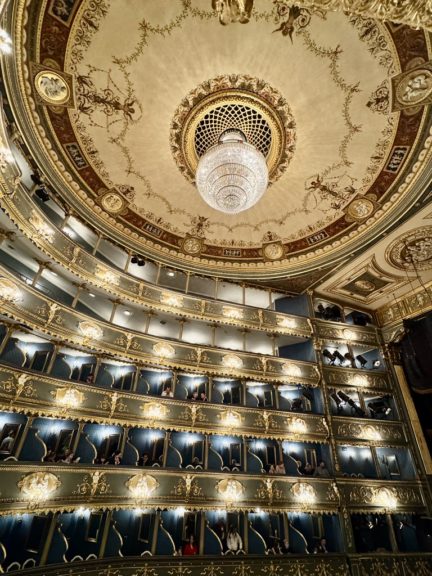
Did you know? The chandelier from Preciosa is in the Estate Theatre in Prague and La Scala in Milan. Their cooperation is wilt all the major brands such as Prada, Louis Vuitton, etc.
Today, Preciosa continues that tradition of quality and artistry. Their handcrafted chandeliers, jewellery, and decorative crystal pieces are featured in luxury hotels, historic palaces, and cultural landmarks around the world. Blending heritage techniques with contemporary design, Preciosa remains a global ambassador of Bohemian crystal craftsmanship.
Where to buy Preciosa in Prague? There is a flagship store in the Old Town, few minutes of walk from the Astronomical Clock, toward the Wenceslaus Square, on Rytířská street.
Lasvit
I’m a big biking enthusiast and every year, I look forward to watching the Tour de France. What makes it even more exciting is knowing that the trophies awarded to the winners are made by a local company, Lasvit.
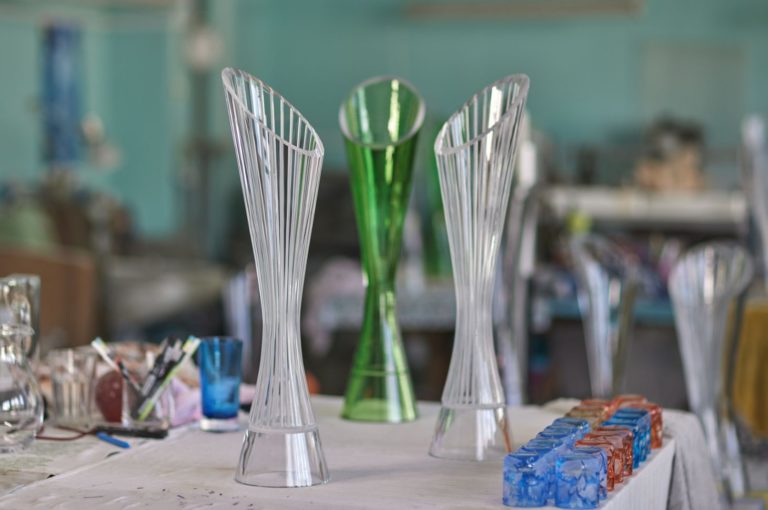
I hope you enjoyed this article and now have a better idea of what makes Czech glass—Bohemian crystal—so unique and special. If you have any questions or would like to share your thoughts, feel free to reach out to me at jana@praguejourneys.com.
Looking forward to seeing you in Prague!
